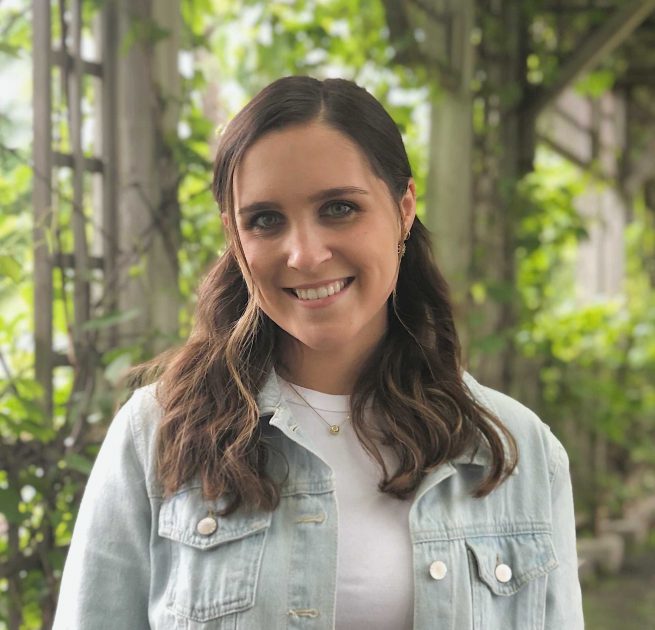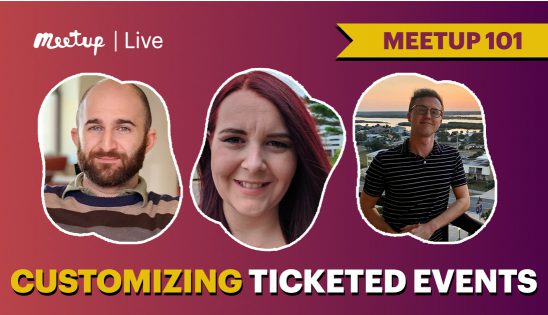Transgender Day of Visibility on March 31 is a day dedicated to celebrating transgender people, recognizing their contributions to society, and raising awareness about the discrimination they face. In this installment of Meetup Live’s Dismantling Social Injustice (DSI) series, we’re discussing pressing issues within the trans community.
Hear from panelists Hope Giselle, author and activist; Mandy Giles, advocate and parent of two transgender adults; and Ryan Sallans, international speaker and author, about current anti-trans legislation and its effects as well as its historical roots. Learn about ways to advocate for trans rights and protections.
Main Takeaways:
How the anti-trans bills restrict trans people from their basic human rights
- Hope: We need to be honest that it started with our healthcare. It started with the basic necessity to be able to go see a doctor comfortably. This especially impacted trans folks in the workplace, a lot of black and brown trans women, specifically, were not able to secure an actual full-time job, which led women to end up on the streets and in sex work. These bills are just continuing to build upon the things that were already socially happening.
The historical roots of anti-trans legislation
- Ryan: The work of Susan Stryker, who is an author, professor, lecturer, and an amazing human being, she made the documentary Screaming Queens, which was actually the first riot, not Stonewall. Screaming Queens was about the riot at Compton’s Cafeteria in San Francisco. She noted throughout her books that I’ve read, that we could see the introductions of trans individuals within pop culture or mainstream actually happen in the 1930s through pop culture/psychology magazines.
- The United States became well aware of transgender identities when Christine Jorgensen came out back in 1952. The story of her going overseas for her transition and coming back was what opened up the public’s eyes to our mainstream culture, but for people who were tans, it was a beautiful time of opening up our identity. In the late 1970s and early ’80s, many gender clinics opened across the nation that performed gender care. Unfortunately, that coincided with a terrible study from two psychiatrists, which stated that transitioning was cosmetic and exploratory, it was not medically necessary. Insurance companies started to not cover care and then gender clinics started to close down which made the transgender community have to go underground.
Protecting Trans Youth
- Mandy: I would say that the number one thing to do for trans youth is to start at home. Make sure that your home is 100% supportive of your trans kid and not just saying you love them no matter what, or you love them even though they’re transgender. They need to know that you love them and support them because they are transgender. It’s also important for parents to know what kind of environments their kids are in.
Top Q&A Question and Resources:
- How can I, as an ally, help further visibility and education about transgender youth and adults? How can I make sure that people know I’m safe to talk to you about this subject?
- Ryan: It depends on how you know the people. If it’s professionally, you can make it known that you’re an ally through subtle symbols: a pride flag, or a trans-pride image. Subtle symbols let people know that you are someone that’s in the know. Another way is to be able to have conversations with people on current events that are related to being LGBTQ+ so that they can see that you are tapped into this, you are aware of it.
- Hope: Access and resources are always a thing that I answer this question with. Sometimes people want to throw money at the situation and run away from it. Sometimes your access and resources don’t always have to be monetary. There are those of you who can offer a safe space for trans youth to do things they love, like a space to record their podcast or prepare for a talent show that’s not in their school. You can donate clothes to the local trans shelter, especially considering that a lot of the youth that are at homeless shelters are people that identify as LGBTQIA+. If you’re a person who wants to show up, it doesn’t have to be with your voice all the time.
- Mandy: With allies be careful about signaling your support, or doing these things because there’s a fine line between signaling support and being performative, and having intentions behind it. Cisgender allies need to bear some of this burden that we’ve been talking about and not say “that’s not my issue.”
Resources:
- Hope
- Ryan
- Mandy
- Parents of Trans Youth Website
- Online course: “Parents of Trans Youth 101”
Last modified on April 4, 2023











